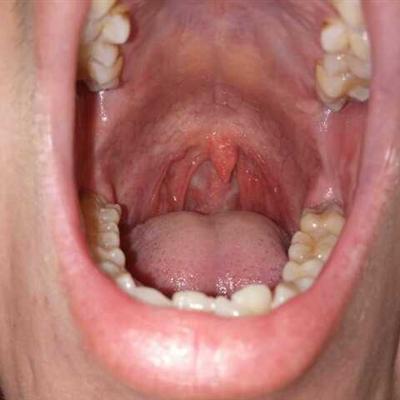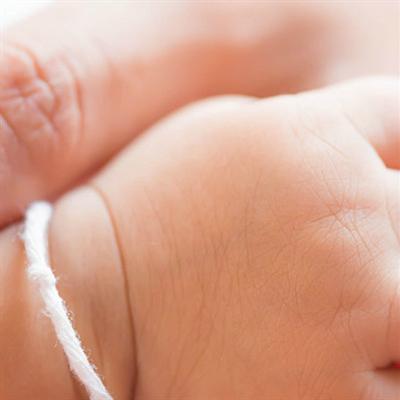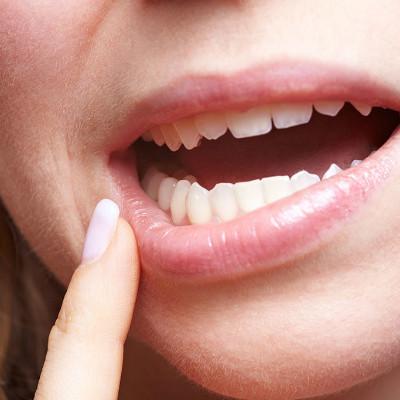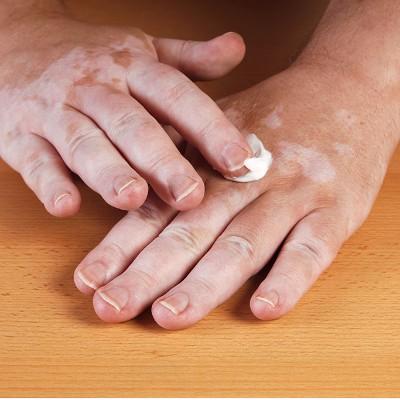How to judge hypertensive renal damage?
summary
The renal damage caused by primary hypertension is closely related to the severity and duration of hypertension. The main clinical renal damage of primary hypertension is benign renal arteriosclerosis. Let's share my experience with you.
How to judge hypertensive renal damage?
The occurrence of benign renal arteriosclerosis was positively correlated with the degree and duration of hypertension. In general, after 5 to 10 years of essential hypertension, mild to moderate renal arteriosclerosis may occur, and renal tubular and functional changes gradually appear.

The onset age of hypertension is between 25 and 45 years old, with a duration of 10 years. The older the patient is, the higher the incidence rate. A history of definite and persistent hypertension; With hypertension, other organ damage, such as: left ventricular hypertrophy, fundus vascular disease, etc;

The prominent clinical manifestations are tubulointerstitial damage, such as increased nocturia and decreased urine concentration function. Some patients can show proteinuria and a small amount of red blood cells, while a few patients show elevated serum creatinine; B-ultrasound examination showed that the kidney was shrunk or the size of the two kidneys were different, and the surface was granular and uneven;

matters needing attention
Renal biopsy showed renal arteriosclerosis. Primary hypertension causes kidney damage, usually according to the clinical first abnormal urine test, and then hypertension, we should consider primary kidney disease with hypertension; If there is hypertension before abnormal urine test, the possibility of kidney disease damage caused by primary hypertension is high.
















